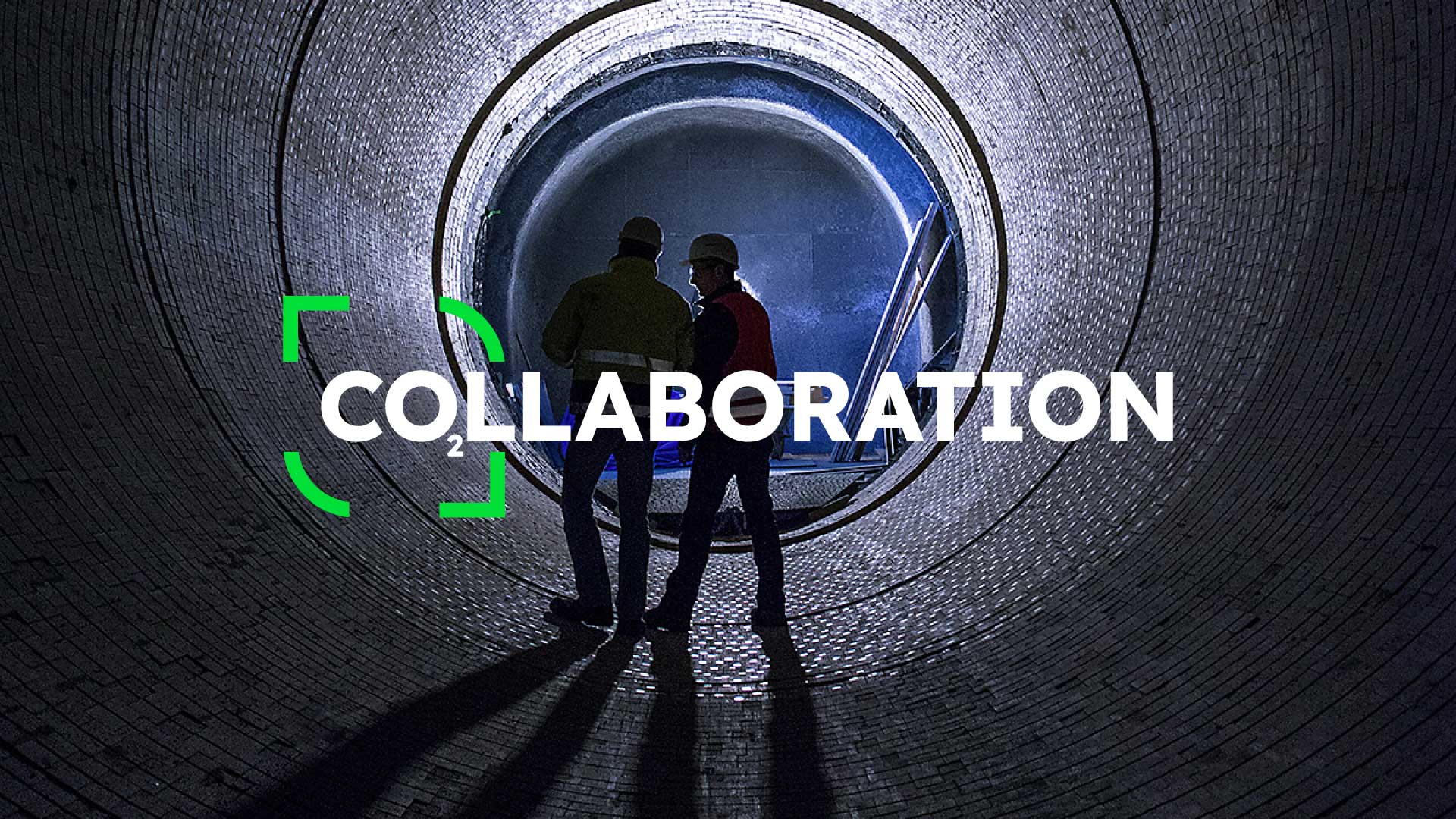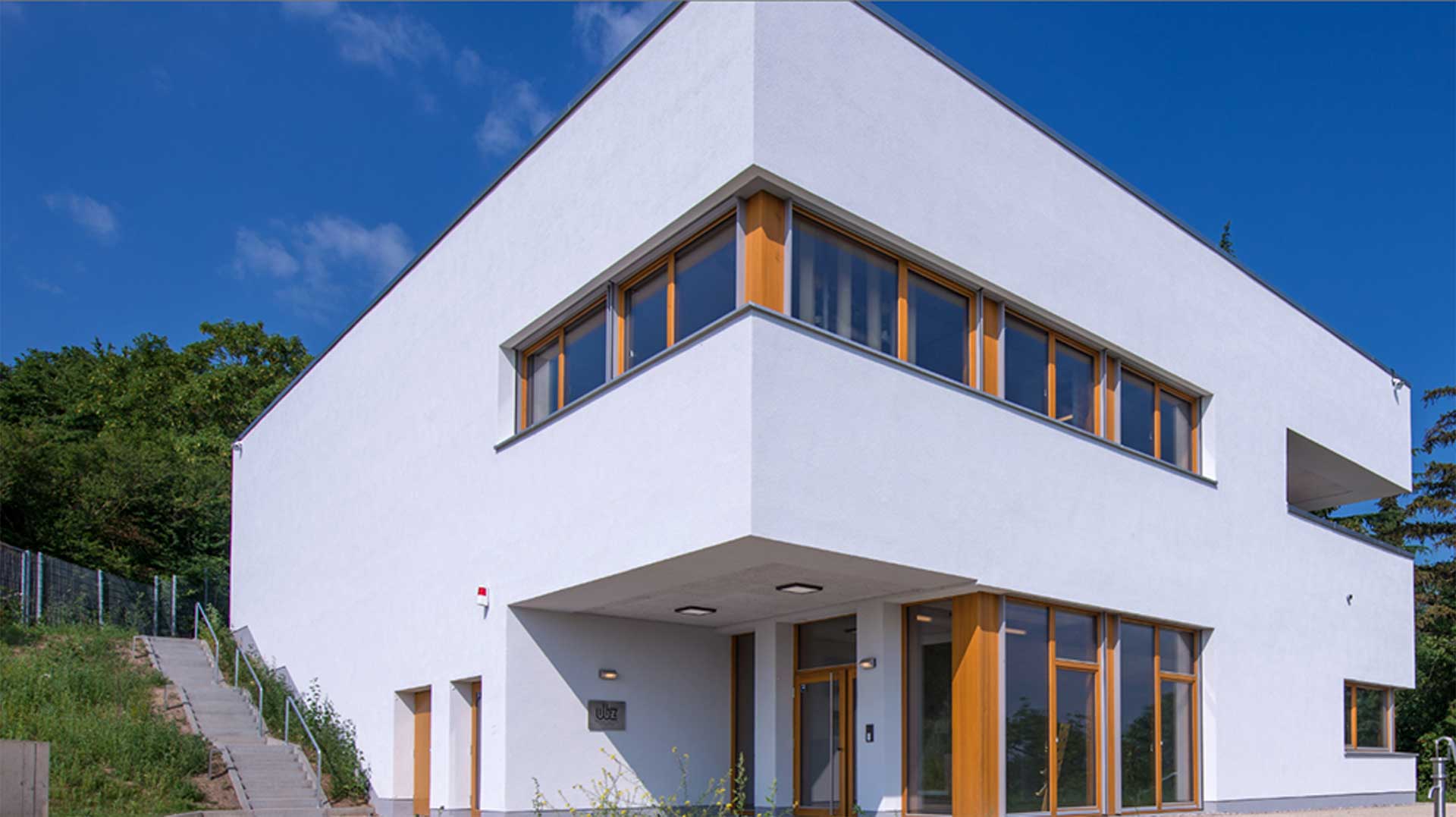Climate-friendly construction calls for climate-friendly building materials. We work intensively to develop and produce innovative, environmentally and socially responsible products that meet the highest quality standards over their entire life cycle. Through resource efficiency, co-processing of waste materials, and concrete recycling, we want to contribute to the successful growth of a circular economy.
We aim to generate half of our Group revenue from sustainable products by 2030. In doing so, we use four criteria as a basis, at least one of which must be fulfilled for classification as a “sustainable product.”
Strong local, sustainable, and low-carbon product portfolio
Sustainable building materials with the smallest possible carbon footprint are playing an increasingly important role for us and our customers. Our research and product innovation labs have developed various alternatives to traditional cement with reduced environmental impacts, including cements and concretes with improved carbon footprints as well as building materials with characteristics that support the use of less material and enable society to implement climate-friendly solutions.
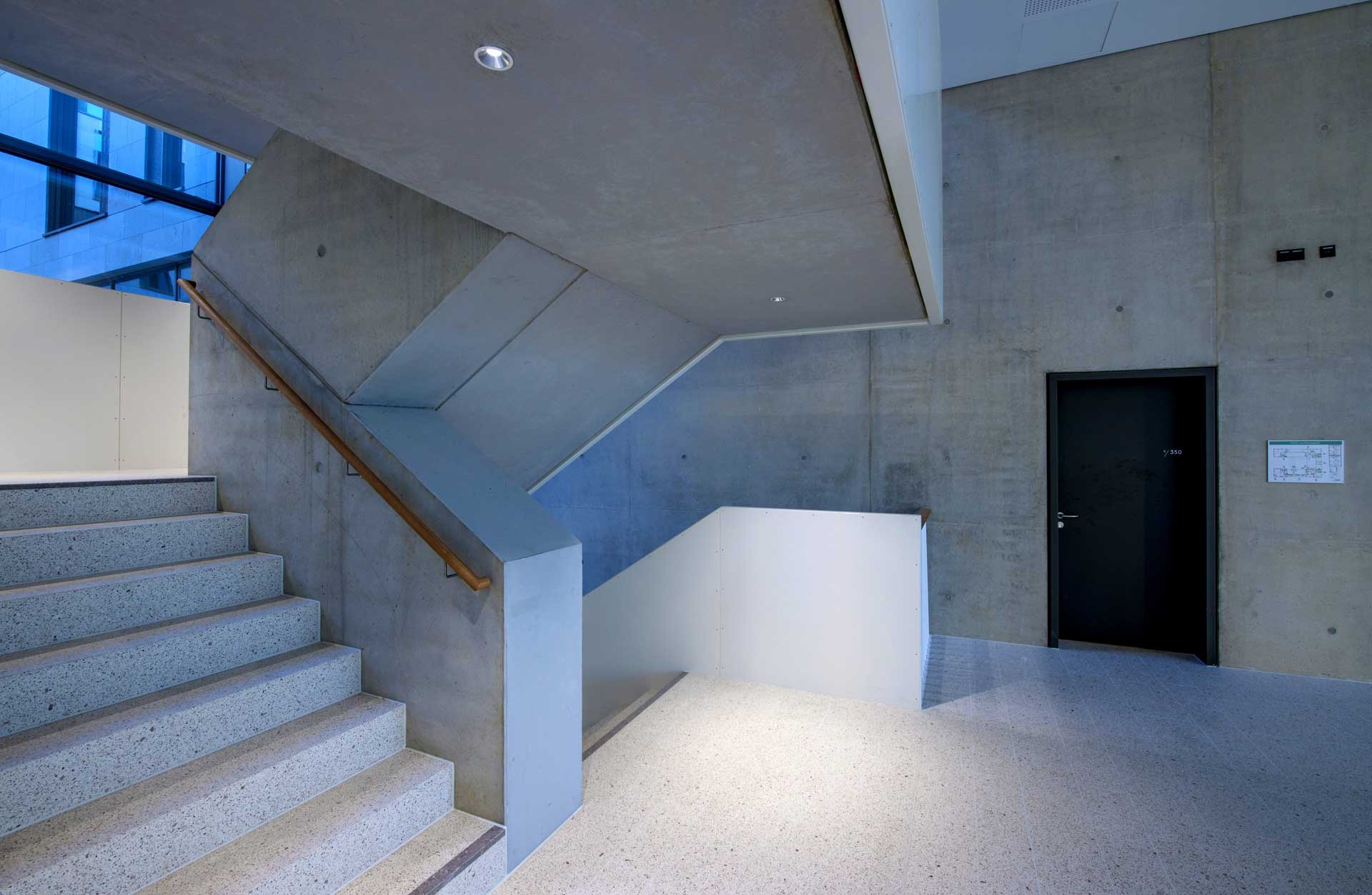
Concrete with improved carbon footprints
By using substances such as blast furnace slag and fly ash as secondary cementitious materials (SCMs), we can reduce the CO₂ intensity of concrete. To improve the carbon footprint of our products based on Portland cement, we use what are known as additives. These are alternative materials that are produced during the manufacture of pig iron or when electricity is generated from coal in steel mills and coal-fired power plants and serve as source materials for composite cements, in which Portland cement clinker is partially replaced.
In addition, we have been working for several years on the development of alternative binders with the aim of reducing or even completely replacing conventional clinker.
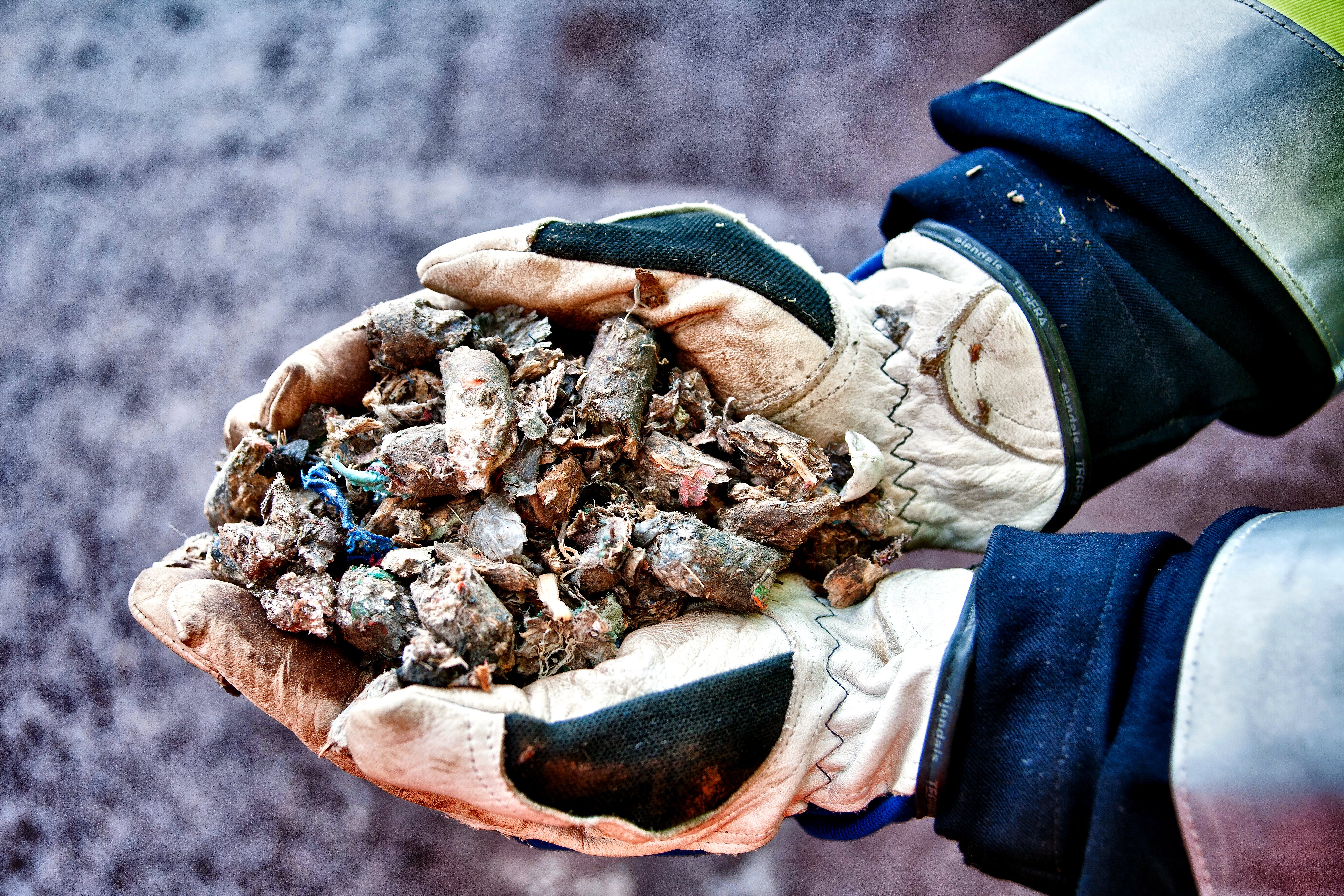
Solutions supporting the energy transition and for clean air
Besides reducing our carbon footprint by using alternative raw materials and clinker substitution, our research laboratories are also working on products that lower CO₂ intensity and help improve urban air quality, such as cements with calcined clay and photocatalytic concrete surfaces. Over a building’s life cycle, energy use and associated CO₂ emissions can be reduced by implementing modern climate concepts using concrete. That is because concrete’s ability to absorb and store heat means it can contribute to the passive heating or cooling of buildings.
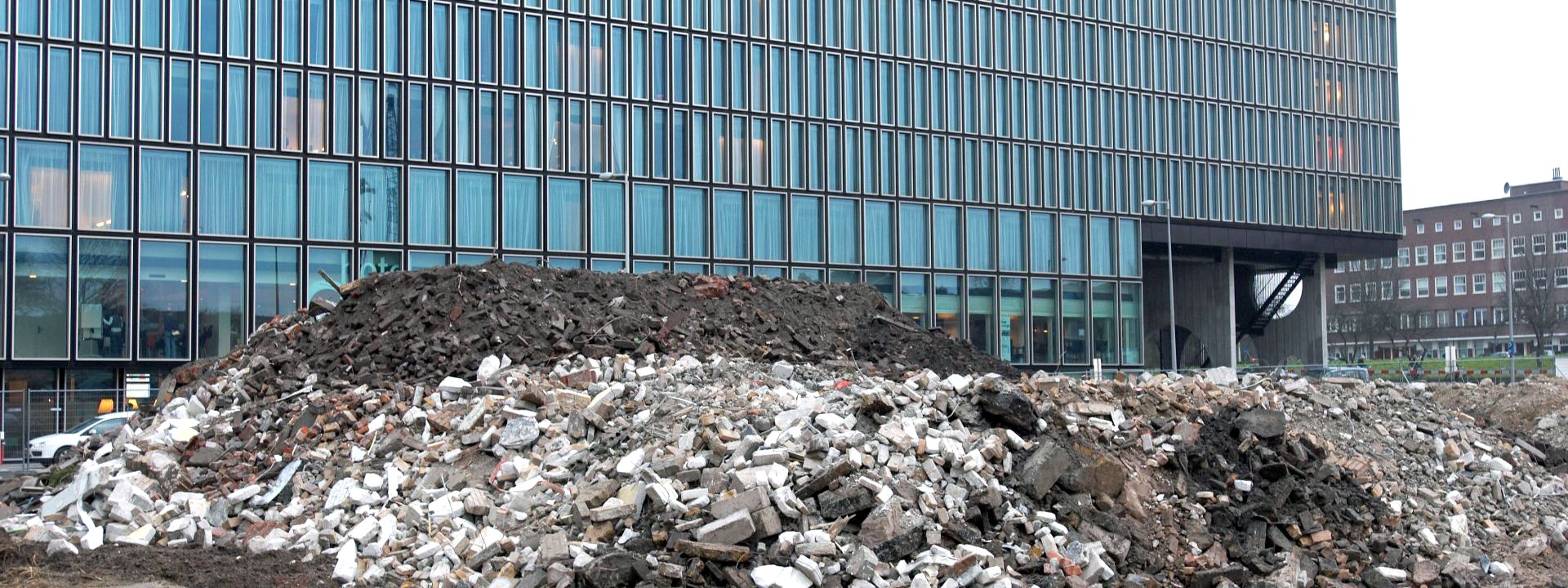
Concrete with recycled aggregates
We offer concrete with varying shares of recycled aggregates across the Group’s markets. In several markets, we supply concrete mixes with up to 100% recycled aggregates for selected applications and with low‑carbon cement, delivering a lower CO₂ footprint than our standard mixes. In other markets, the introduction of these products depends on local standards, approvals, and regulations.
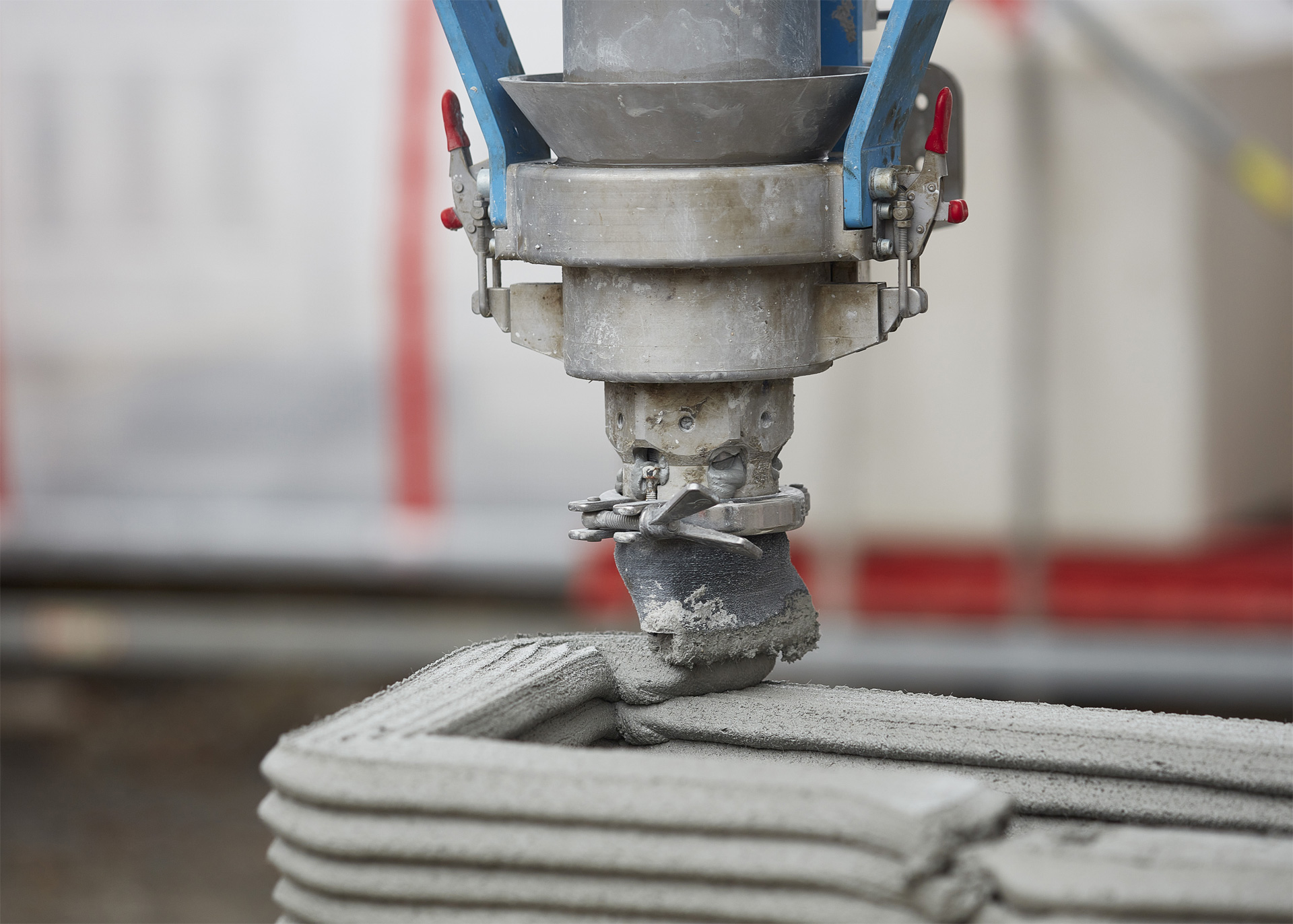
Innovative solutions with less material
Other innovative solutions reduce the amount of material needed, such as through precision engineering and the targeted use of material, or through the safe and cost-efficient renovation of infrastructure that has reached the end of its service life. Ultra high-performance concretes (UHPCs), for example, are characterised by very high compressive strengths. That means they can be used to build concrete structures that are remarkable for their economical use of materials as well as their reduced weight and slim construction. The use of UHPC in object renovation also avoids CO₂ that would otherwise be generated when the structure is demolished and rebuilt.
3D concrete printing is a particularly resource-efficient way of using materials: because the material is very precisely put only where it is actually needed, less concrete is needed overall for this type of construction.
Criteria for sustainable products
Sustainable products are products with the use of recycled materials and/or lower CO₂ emissions during production.
Low-carbon
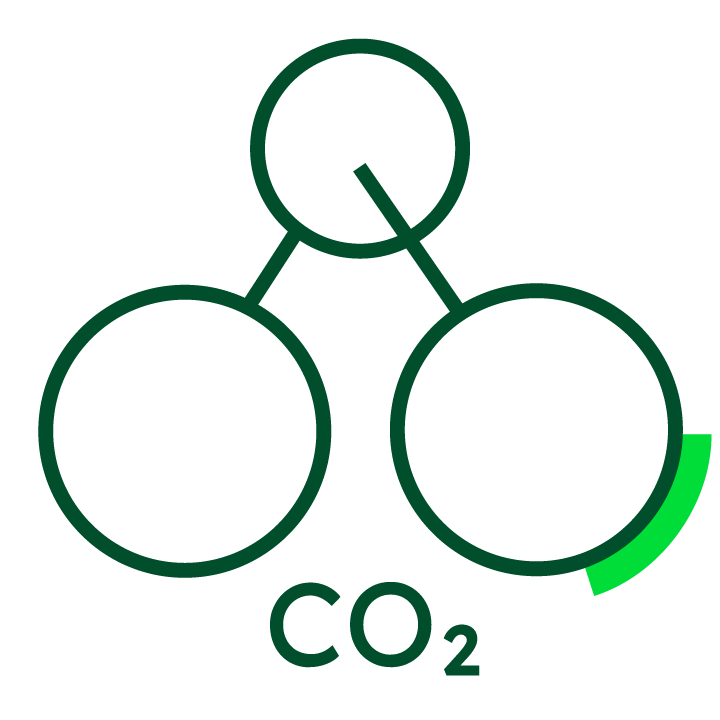
- Cement: 30% less CO₂ vs. CEM I in 20201)
- Concrete: 30% less CO₂ vs. CEM-I-based concrete in 20201)
1) –30% vs. GCCA CEM1 in 2019/20, translates to < 530 kg CO₂/t cementitious and < 5.5 kg CO₂/m³/MPa
Circular products

- Reuse materials 30% recycled content
- Reduce materials 30% less material
Sustainable construction
Sustainable construction materials with a small CO₂ footprint are playing an ever more important role for us and our customers. We use special additives in order to improve the CO₂ balance of the products based on our Portland cement.
These alternative materials, which are waste products from steel mills and coal-fired power plants, partially replace Portland cement clinker in the production of "composite cement". We have also been working for several years to develop alternative binding materials that almost completely eliminate the need for conventional clinker.
Cement type portfolio

The use of by-products from other industries for the production of clinker and cement or the recycling of concrete from demolished structures enable us to manufacture concrete more sustainably.
Dr Christian Artelt, Sustainable Construction Manager
Research and Development
Of course, at Heidelberg Materials we are also working to develop new products. One of the areas of focus of the activities at our central research laboratory in Leimen, Germany, and our product innovation laboratory in Bergamo, Italy, was the development of products with a better carbon footprint and improved performance in terms of the energy efficiency of buildings. We have developed various alternatives to traditional cement with reduced environmental impact, such as Ternocem®, an innovative belite calciumsulfoaluminate ternesite cement, or composite cements with a significantly lower clinker content.
Alternative raw materials
Many of these alternative products come from waste materials produced in other sectors of industry. In this way, we make an active contribution to improving the circular economy. Several products have been field-tested in pilot applications and a few of these have already been marketed. We are also continuing to work on products that support the energy transition, such as Powercrete®, a special concrete with exceptionally high thermal conductivity, which allows high-voltage cables to be laid underground.
Our commitment to the circular economy is also reflected in our involvement in the Dutch concrete recycling company Rewinn B. V., Amsterdam, which we established together with our local partner Theo Pouw BV, Utrecht, Netherlands. We are in a position to produce up to 250,000 tonnes of aggregates from recycled concrete per year. These are already used in numerous applications, such as the production of fresh concrete.
Commitment to sustainable construction
As a founding member of the Concrete Sustainability Council, we played a leading role in the development of a certification system for sustainably produced concrete, which was introduced at the beginning of 2017 and has been continuously developed since then. Additional concrete plants in Poland, Italy, and Turkey were certified in 2019. With the certification of concrete, taking into account social, economic, and environmental aspects along the value chain, we expect to see greater acceptance of the product and the entire industry.
We have also strengthened our engagement in various national Green Building Councils, the European Construction Technology Platform, and other associations in order to support and accelerate developments in the area of sustainable construction and market transformation. From 2020, we will also be actively involved as an official partner in the Europe Regional Network (ERN) of the World Green Building Council.
Energy efficiency of buildings
Besides reducing our carbon footprint through the use of alternative raw materials and clinker technologies, our research laboratories are also working on products intended to improve the energy efficiency of buildings and to support the energy transition. One example of a product designed to support the energy transition is Powercrete®, a special concrete with outstandingly high thermal conductivity, which allows high-voltage cables to be laid underground.
Concrete is generally characterised by good thermal insulation properties and can, where used correctly, contribute towards significant energy savings in a building over the material’s service life. Thanks to innovative formulations, concrete can also be used to store or conduct heat. Our research center in Leimen, which was built in 2016, uses concrete-core activation to provide energy-efficient air conditioning for offices and laboratories. The new headquarters in Heidelberg, which has been occupied from mid-2020, have been constructed in accordance with the platinum standard of the German Sustainable Building Council (DGNB), and the energy demand of the building will be exceptionally low.



